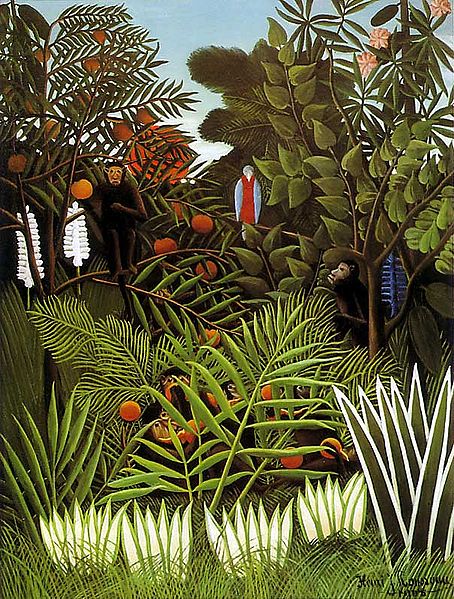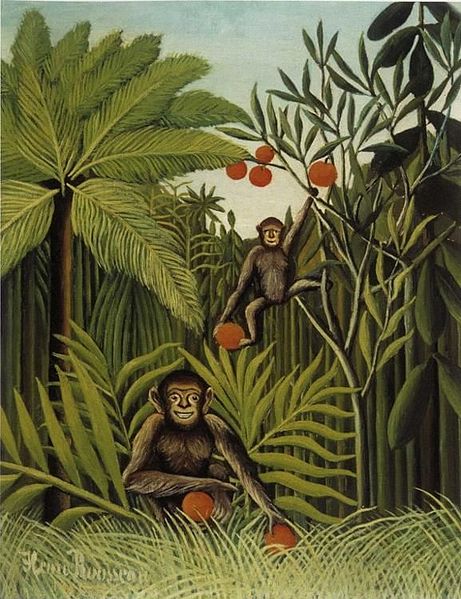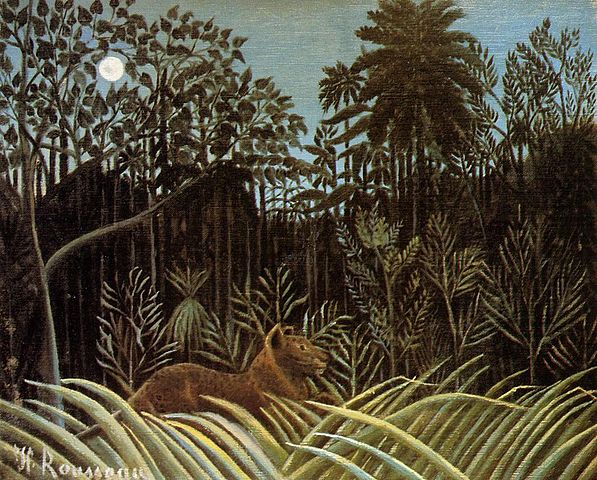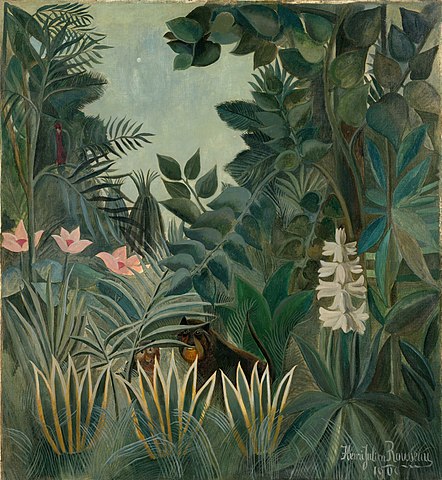
Among the features on the Thammasat University Library website is a search for the all-time most popular books.
TU students will not be surprised to learn that the current all-time most borrowed title is the much-loved Thai novel Phet Phra Uma.
Copies of this multi-volume work are shelved in the Fiction Stacks of the Pridi Banomyong Library, Tha Prachan campus and the Puey Ungphakorn Library, Rangsit campus. TU students on other campuses may order the books through the TU Library Book Delivery service.
Phet Phra Uma was written in dozens of volumes from 1964 until 1989, by the late Chatchai Wisetsuwannaphum, who wrote under the pen name Panomtian.
As The Bangkok Post reported, Khun Chatchai, who died in April at age 89, was born in Pattani Province. He studied at Suankularb Wittayalai School in Bangkok.
Phet Phra Uma was much inspired by Khun Chatchai’s reading of the English novelist H. Rider Haggard’s King Solomon’s Mines (1885), an adventure story about African jungle exploration. The TU Library collection includes some different versions of King Solomon’s Mines.
Phet Phra Uma is about Rapin Praiwan, a hunter who joins a group of explorers in the jungle, looking for a missing person. They find a deposit of diamonds.
The link between Phet Phra Uma and King Solomon’s Mines has been the subject of academic research, notably in A Comparative Study Of The Adventure Novels King Solomon’s Mines And Phet Phra Uma, a master’s degree thesis in Education produced at Mahasarakham University.
The thesis abstract reads, in part:
This study aims to investigate and compare the adventure novels King Solomon’sMines with Phet Phra Uma in these aspects: plot, subject matter, characters,settings, ideas, and influence of the novel King Solomon’s Mines upon the novel Phet Phra Uma as well as special features appearing in Phet Phra Uma. The study findings are as follows: 1. Plot. The main plot of Part 1, Phet Phra Uma, of the novel Phet Phra Umais similar to and is influenced by the advenfure novel King Solomon’s Mines. For sub-plots, the novel Phet Phar Uma has eight sub-plots and two sub-plots are influenced. 2. Subject matter. The subject matter of the novel Phet Phra Uma consists of three parts and is divided into eight sections. The subject matters in Phrai MahaKan (The Cruel Forest) and in Ngae Sai Chom Chakkra (Nga Sai the Great Fighter) of Part 1 are influenced by the subject matters of the adventure novel King Solomon’s Mines. 3. Characters. In the adventure novel King Solomon’s Mines, there are 19 characters while in the novel Phet Phra Uma there are 46 characters. Nine characters are directly influenced, and two characters are influenced and are partially adapted… 5. Ideas. The similar ideas are the idea about being the leader, the idea about being brave, the idea about love, and the idea about philosophy of life After having been influenced in various aspects by the adventure novel King Solomon’s Mines written by Sir Henry Rider Haggard. Phanom Thian adapted, added, and developed the story so that it will be more interesting, more exciting, and more stimulating by creating more complex plots, adding more strange and intensive subject matters, and inserting knowledge of various sciences in the subject matters. These things make the novel Phet Phra Uma outstanding and more valuable.

A number of Thai readers have enjoyed both novels.
According to a Bangkok Post article from June 2013, the anthropologist and archaeologist Associate Professor Srisakara Vallibhothama, who received the 2007 Fukuoka Prize for work on cultural promotion, informed an interviewer:
I have been a fan of books on adventures, treasure hunting, jungles or ancient expeditions. My favourite literary escapades are the works of H. Rider Haggard, such as King Solomon’s Mines, and certainly the Thai adventure series Phet Phra Uma. Perhaps I love reading this genre of books because my father was an archaeologist. I think of him as Indiana Jones!
One year earlier, The Bangkok Post published a story about the marketing specialist Aran Apichari, whose love for automobiles was inspired by a fictitious hunter named Rapin Praiwan in the popular Phet Phra Uma novel. It was only natural that Aran took a liking to Rapin’s daring jungle adventures and the weaponry portrayed in what is probably the longest short story of its kind because the author – Chatchai Visetsuwannabhum aka Phanom Thian – took 25 years to complete this tweaked Thai version of the King Solomon’s Mines novel by Sir H. Rider Haggard.
“I started collecting antique swords, guns and then cars. A lot of pistols and elephant guns described in the Phet Phra Uma novel, I am pretty sure I have them all,” said Aran, whose family used to operate an antimony quarry in north Thailand, quickly adding: “By the way, you might get a thumping from Phanom Thian if you print the part about King Solomon’s Mines.”
Some Western readers have analysed the colonialist attitudes of Haggard, who wrote in the Victorian era. Here are some excerpts from the works of H. Rider Haggard to give an idea of the style and content of his novels:
- We white people think that we know everything.
She (1887)
- I do not believe in violence; it is the last resort of fools.
Dawn (1884)
- The great wheel of Fate rolls on like a Juggernaut, and crushes us all in turn, some soon, some late
Allan Quatermain (1887)
- There is no loneliness like the loneliness of crowds, especially to those who are unaccustomed to them.
A Tale of Three Lions (1887)
Further academic research on the influence of H. Rider Haggard on Thai literature may be found in Making New Space in the Thai Literary Canon by Thak Chaloemtiarana, Professor of Southeast Asian Studies at Cornell University. This article was published in February 2009 in the Journal of Southeast Asian Studies.
Ajarn Thak notes that H. Rider Haggard’s novel She (1886) was first translated by Luang Wilatpariwat using the pseudonym Nok Nori, sometime in the early 1900s or early 1910s under the title Sao song phan pi [Two thousand year old beauty]. This translation has been reprinted several times, most recently in 1990. The term csao song phan pi is now a common description of women who refuse to age. Few however, remember how the term originated.
Among other Thai translators of Haggard, Phraya Anuman Rachathon translated Rider Haggard’s Virgin of the Sun in 1916 with the help of his English supervisor. [A] thirst for knowledge about the West was reflected in the publication boom of subsequent translations of works by Corelli, Rider Haggard, Alexander Dumas and Arthur Conan Doyle. In fact, many translations were published but the original authors or manuscripts were difficult to ascertain because the Thai translators left out this important information. It should be noted here that Sao song phan pi, a translation of Rider Haggard’s She, was also reprinted in 1916, perhaps close to when Nang neramid was published. This meant that the Thai public was able to compare the two novels side by side. Of course, the perceptive ones would have noted that Nang neramid was a ‘Thai novel’ about Africa and Egypt, and that Sao song phan pi was a Thai translation of an English novel about Africa and Egypt. Because Khru Liam hastily wrote Nang neramid to recoup his lost investment in Khwam mai phayabat, he inevitably borrowed ideas from his translation of She. Khru Liam’s adaptations from She are unmistakable. Both novels have English heroes, that of She being Ludwig Horace Holly, who studied mathematics at Cambridge; and that of Nang neramid being James Billford, who studied classics at Oxford. Both went to North Africa; both dealt with the occult. One met up with a sorceress, the other with a grand wizard. Both stories focus on the immortality of women.

(All images courtesy of Wikimedia Commons)

